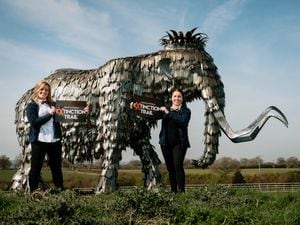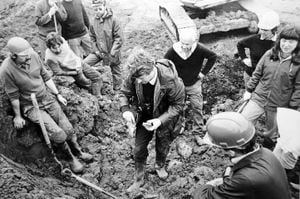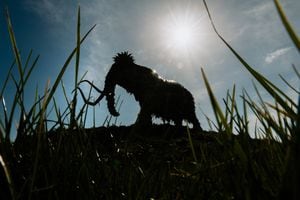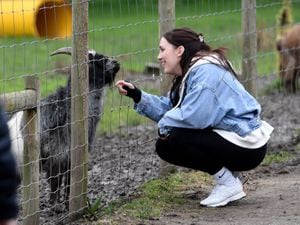UK's first educational extinction trail being created in Shropshire
The UK's first educational extinction trail is being created in Shropshire - with a sculpture of woolly mammoth taking pride of place.

Artists at the British Ironwork Centre in near Oswestry have completed a sculpture of a woolly mammoth, which stands more than 14ft tall.
It will be one of a collection of sculptures, representing some of the world's most endangered species, that will form part of a trail within the centre's 30-acre grounds.
Its chairman, Clive Knowles, said the purpose behind the sculpture, was to educate and amplify the global crisis surrounding habitat and wildlife loss.

He said he hoped schools and youth groups would take advantage of free visits to the trail which would have an information board for each sculpture.
"We want to highlight climate change and conservation through art," he said.
"Taking action to help protect our planet and its beautiful creatures is becoming ever more important. Imagining a world without many of the animals that we still have the privilege of seeing in the flesh today is truly heart-breaking, which is why we have chosen to create this sculpture.
"We hope that our visitors, young and old, will view the sculpture and question their own impact on the environment. Whether it be through encouraging permanent action, creating more awareness, or better educating visitors, we hope everyone who views the sculpture will rethink how our everyday lives effect the animals around us."

Shropshire found itself at the centre of world attention in the 1980s when the bones of an adult and a baby woolly mammoth were found at a quarry in Condover.
A huge excavation dig took place in October 1986 with experts finding the two skeletons intact.
Reproductions of the animals were put in the Shropshire Hills Discovery Centre.





